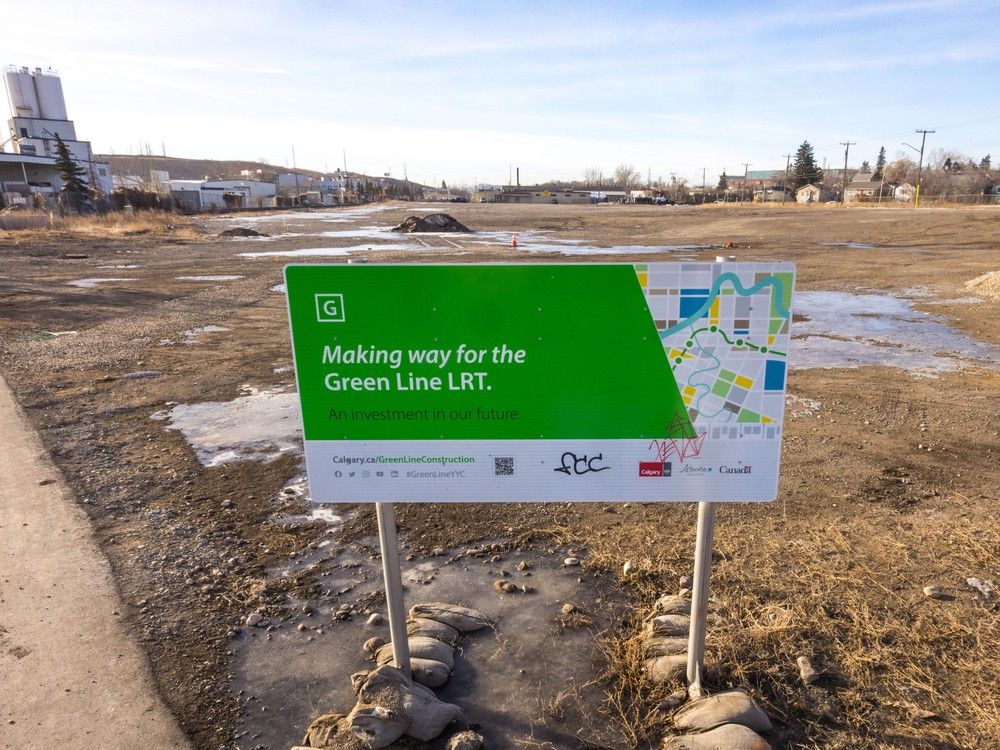darwink
Senior Member
It is slower than the bus it replaced iirc. It’s a weird project, driven by politics more than anything.But it also didn't seem slow either
It is slower than the bus it replaced iirc. It’s a weird project, driven by politics more than anything.But it also didn't seem slow either
I'll say this has little to do with the Green Line, other than it could've been a bus... I do think it should be a low-floor train.slower than the bus it replaced
I really liked it. I don't remember any significant delays in the street-running section downtown, and the trip down into the valley and back out again was fast. Frequencies were good, too.I want to ride Edmonton's Valley Line LRT to see how their low-floor LRT handles.
I disagree, if only for what it will be going through Seton and on the North portion.
This is essentially the same station design (Spadina/St Clair grade separated parts) and uses the same trains as the Toronto Streetcar/Eglinton Crosstown (yet to open). The raised seats are to accommodate the wheels. Not sure if it's due to regulatory issues but the Canadian trams have a very low floor design, most of the US is only 70% low floor, and Europe is mostly higher too. A very similar model of tram running in Berlin (Adtranz/Bombardier/Alstom Flexity) have the seats level with the ground as they're able to fit the wheels under there since the low floor requirements there are higher. Whereas the Flexity Freedom vehicles (Eglinton Crosstown, Edmonton Valley Line, Waterloo ION) have a raised platform.I was in Kitchener for work about a month ago and since I'm a transit nerd, I rode their LRT system just for shits and giggles. It was kind of a neat system, but low-floor trains are weird.
Bad:
1. The floor is uneven. There are weird slopes in the floor, but there weren't any steps.
2. The LRT cars were a lot narrower than our LRTs.
3. The seating was odd too. Some seats were large and raised up. It gave the feel of a bus more than a metro style train.
4. There were some sections where the tracks made a 90 degree turn and the train slowed to a crawl. I cringed on this section of track. The train slowed to a crawl and then stopped for the traffic lights.
View attachment 658480
Good:
1. The system appeared well used and well connected to downtown and the Universities.
2. Travel speed didn't seem very fast. But it also didn't seem slow either. Maybe this was just due to the tri-cities being geographically smaller.
3. The stations seemed simple, easily identifiable and well integrated into the street.
View attachment 658487
I wonder if that's configuration more than anything. C-train's layout is not as common in North America compared to Asia where almost all trains have row seating to maximize standing room. Same with trams, they usually prioritize seating, which leads to the narrow walking paths.I have mixed feelings about low floor systems.
From an outside urbanist view, I like the feel of the stations being at ground level. It feels more human scale to me and the stations integrate well with the surroundings. It feels easier to access the stations.
From a rider's point of view I prefer high floor cars. I don't like the feeling inside the low floor cars once on the train, they feel kind of awkward, and somehow less roomy to me. Also passenger flow doesn't seem great. The systems I've been on (Portland, Ottawa) have varying levels within the cars, and though they didn't have a lot of passengers the flow of people moving within the cars wasn't very good.
I do think we'll see better integration of these stations with low floor, but I also think stations are going to be hit hard with value engineering on a project that's ballooned in costs with the political scope change and uncertainty. Curious how it'll all play out in the end.I'll also say that the lower platform height allows for not only a smaller ramp, but things like sidewalks/bus loops connecting directly to the platform. So for one of the platforms there's no need to walk to the end, which also improves passenger distribution since more people will be standing around the middle. You can see in the Green Line stations how the landscaping is designed to guide people to the centre of the platform:

There's a couple of interesting tidbits in the agenda, as expected not too much kicking off in 2025.
Green Line's future secure, Calgary city council committee to hear Tuesday
Procurement is underway for construction of the southeast segment, according to the city, with work slated to begin soon.calgarysun.com
The SE Project is progressing design, initiating procurement and ready to begin constructionat the end of Q2 2025. Five projects are planned for 2025, while the vast majority of work will be delivered from 2026 through 2031. Engagement with industry on the overallcontracting strategy begins this month
The City has successfully awarded two contracts for 2025 construction, and three more packages will be released to the market in Summer 2025. The overall project contracting strategy for all works through to 2031 has been developed and, in partnership with the Calgary Construction Association, will be shared with industry at an event on June 20, 2025. The same information will be provided on the Green Line website following the event.